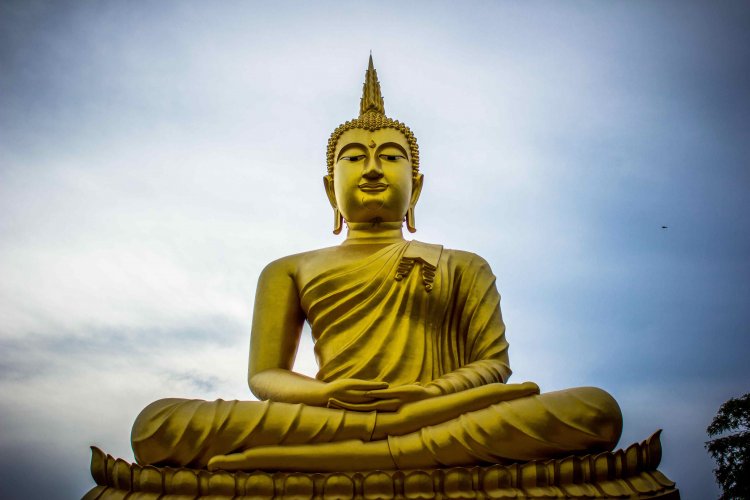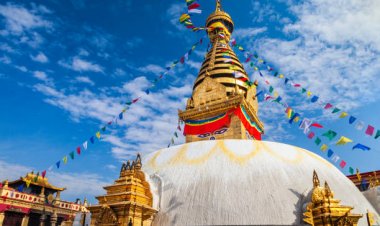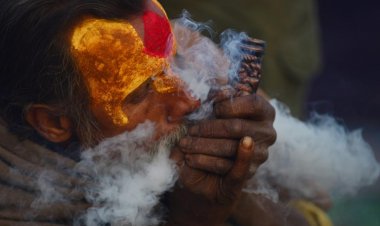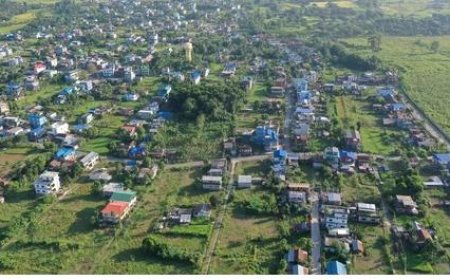Gautama Buddha, the creator of Buddhism, was born in Nepal. Nepal is a country of several sacred sites that are closely linked to the origins of Buddhism and its development as a major world religion. In this article, we will take a journey through some of Nepal's most important Buddhist sites, which includes Lumbini, Swayambhunath, and Boudhanath, and explore the history, culture, and significance of these places.
The Origins of Buddhism in Nepal
Buddhism has been a significant part of Nepalese culture and history for over 2,500 years. The origins of Buddhism in Nepal can be traced back to the sixth century BCE when Prince Siddhartha Gautama was born in Lumbini, a small town in the southern part of Nepal. Siddhartha was raised in luxury and isolation, protected from the terrible truths of human suffering, but one day he ventured out of the palace and was met with the harsh realities of hunger, disease, and death. This experience prompted him to embark on a spiritual quest that ultimately led him to enlightenment and the creation of Buddhism.
Lumbini: The Birthplace of the Buddha
Lumbini is the most sacred Buddhist site in Nepal, and it is the place where the Buddha was born. The site was rediscovered in the late 19th century, and since then, it has become a popular destination for Buddhists from all over the world. A number of temples, monuments, and other buildings that honor the life of the Buddha may be found at the location.
The most significant site in Lumbini is the Maya Devi Temple, which is believed to be the exact spot where the Buddha was born. The temple complex consists of several buildings, including the main temple, a sacred pond, and a museum. The temple itself is a modest structure that houses a stone slab that is said to be the actual birthplace of the Buddha. The temple also has a beautiful sculpture of Maya Devi, the Buddha's mother, giving birth to him while standing under a sal tree.
Swayambhunath: The Monkey Temple
Swayambhunath is one of the most important Buddhist sites in Nepal and is also known as the Monkey Temple due to the large number of monkeys that inhabit the area. The site is located on a hilltop on the western edge of Kathmandu and offers stunning views of the city below. The main attraction of Swayambhunath is the stupa, a large dome-shaped structure that is decorated with colorful prayer flags and surrounded by a ring of smaller stupas and temples.
The origins of Swayambhunath can be traced back to the fifth century CE, and the site has been an important center of Buddhist learning and practice ever since. The stupa is said to contain relics of the Buddha and is a place of pilgrimage for Buddhists from all over the world. Visitors to Swayambhunath can explore the numerous shrines and temples that are located around the stupa and observe the daily rituals and practices of the local monks and devotees.
Boudhanath: The Great Stupa
Boudhanath is another important Buddhist site in Nepal and is located on the outskirts of Kathmandu. The site is home to the largest stupa in Nepal, and it is one of the largest in the world. The stupa is a massive dome-shaped structure that is decorated with intricate carvings, prayer flags, and other Buddhist symbols. The site is surrounded by a ring of smaller stupas and temples, and it is a place of pilgrimage for Buddhists from all over the world.
The origins of Boudhanath can be traced back to the fifth century CE, when the Tibetan king, Songtsen Gampo, is said to have built a stupa on the site. The stupa was later rebuilt in the 14th century, and it has been a significant center of Buddhist learning and practice ever since. Today, Boudhanath is a bustling hub of activity, with shops, restaurants, and guesthouses catering to the needs of visitors.
Other Sacred Sites in Nepal
In addition to Lumbini, Swayambhunath, and Boudhanath, Nepal is home to several other sacred sites that are closely linked to the history and culture of Buddhism. These sites include:
Namobuddha:
Located in the Kavrepalanchok district of Nepal, Namobuddha is a sacred site that is connected with the story of the Buddha's past lives. According to legend, the Buddha was once a prince who came across a famished tigress and her pups. Moved by their plight, the prince offered himself to the tigress as food. The site is marked by a stupa and several other shrines and is a place of pilgrimage for Buddhists.
Kopan Monastery:
Located on a hilltop on the outskirts of Kathmandu, Kopan Monastery is a major center of Buddhist teaching and practice. The monastery was established in 1971 by Lama Thubten Yeshe and Lama Zopa Rinpoche, and it offers courses and retreats on a variety of topics related to Buddhism and Tibetan culture.
Shechen Monastery:
Located in the Boudha area of Kathmandu, Shechen Monastery is one of the most important monasteries in Nepal. The monastery was founded in the 17th century and is home of more than 300 monks. Visitors to Shechen can explore the various shrines and temples that are located on the grounds and observe the daily rituals and practices of the monks.
In conclusion, Exploring the origins of Buddhism in Nepal is a fascinating journey through history, culture, and spirituality. The Great Stupa of Boudhanath, the Monkey Temple of Swayambhunath, and Lumbini, the birthplace of the Buddha, are just a few of the important Buddhist landmarks in Nepal. These sites offer a glimpse into the rich history and culture of Nepal and provide a unique opportunity to connect with the teachings and practices of Buddhism. Whether you are a seasoned Buddhist practitioner or simply a curious traveler, a visit to Nepal's sacred sites is an unforgettable experience.






































































































